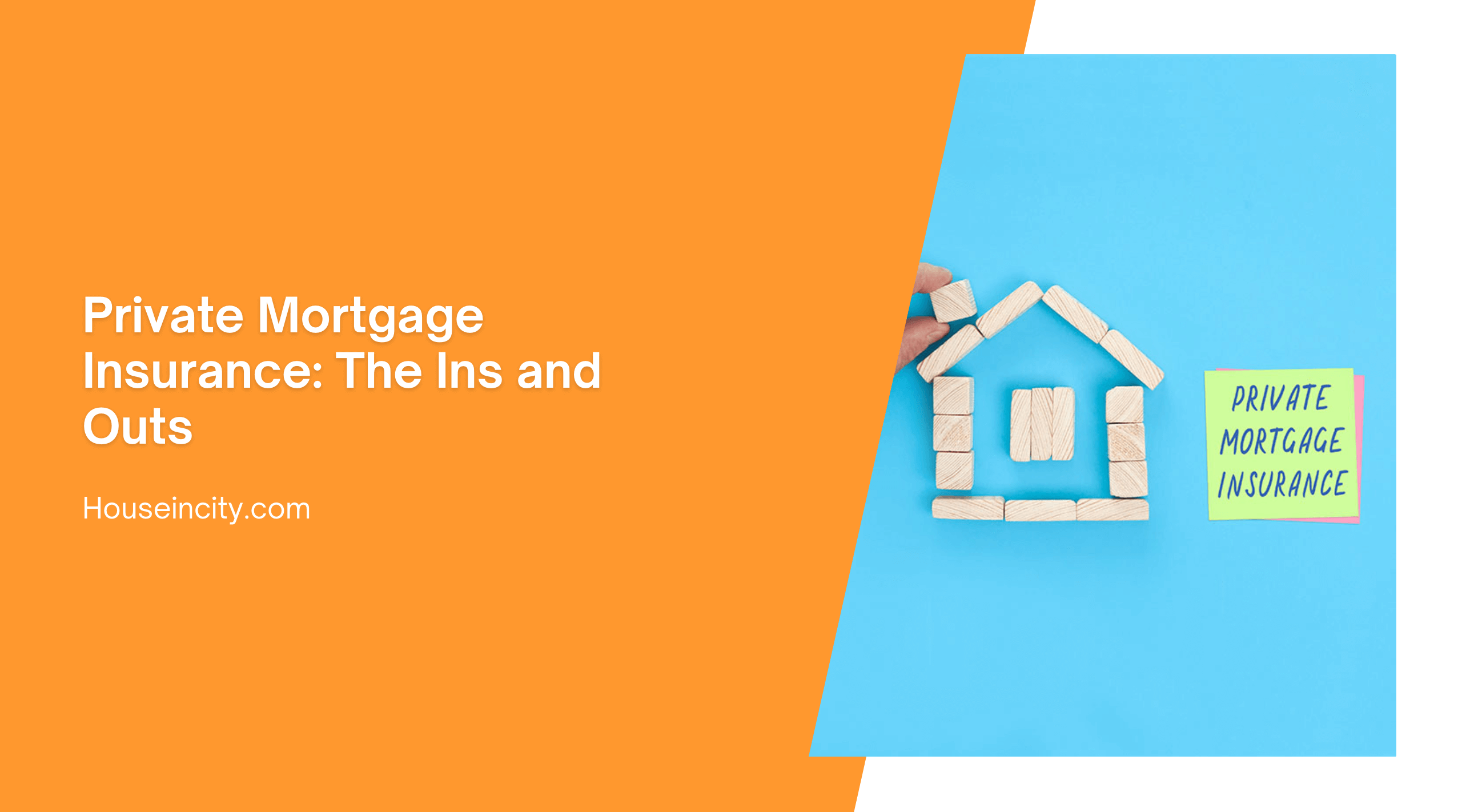Private mortgage insurance has become so common place in today’s loans, that many homeowners and buyers overlook this important portion of the monthly mortgage payment. However, a majority of conventional loans involve private mortgage insurance, in addition to three other elements.
The mortgage payment can also be called a “PITI” payment. Each letter in the acronym stands for one portion of the payment. PITI equals Principal, Interest, Taxes and Insurance. The insurance portion actually has two elements: homeowner’s insurance and private mortgage insurance. The first element is what protects you in case of a catastrophic event. But the second element is a type of insurance that doesn’t protect you at all.
It’s easy to overlook the insurance element with the excitement of purchasing a home. But all future buyers and current homeowners should know the benefits and drawbacks of those dollars they pay each month.
What is Mortgage Insurance?
Mortgage insurance protects the lenders against financial losses and costs resulting in foreclosure. The Banking Industry has done their homework. History has shown that the less money a borrower puts down on a home, the more likely that borrower is to default on the home loan. Banks consider borrowers who put less money on the table a risky gamble. Lenders realize borrowers might have an easier time walking away from a small amount of money. And foreclosures are costly for the lenders to handle. Thus, lenders require private mortgage insurance on most conventional mortgages in an effort to protect themselves against a defaulting borrower.
How the Borrower Benefits from Private Mortgage Insurance
Typically, private mortgage insurance is required on conventional loans where the borrower puts less than 20% down. For many people, saving a down payment of at least 20% of a home sales price takes years. With private mortgage insurance, borrowers can make lower down payments and get into a home sooner. As soon as the buyer saves 5%, 3% or perhaps even less, that borrower can purchase a home. And by spending less money on a down payment, that borrower has more money in pocket.
Traditionally, a borrower would have to save $40,000 to use as a down payment on a $200,000 home. With private mortgage insurance, the borrower can perhaps put as little as 3% down, or $6,000. Reducing the down payment means extra money for emergencies, home furnishings or funding other dreams.
The Downside of Private Mortgage Insurance
There are three distinct disadvantages to mortgage insurance. First, it obviously makes the monthly mortgage payment higher than if there were no insurance required at all. Second, there is a higher mortgage insurance cost the less money that is put down. For example, by putting 5% down on a $150,000 mortgage the monthly mortgage insurance payment would be $90. For 0% down, the monthly mortgage insurance would run $125. And lastly, private mortgage insurance is not tax deductible.
How to Get Rid of Private Mortgage Insurance
When the mortgage is paid down to 22% of the property’s purchase price, the lender is obligated to cancel the mortgage insurance.
A homeowner may also request cancellation of the mortgage insurance when the equity in the home has reached 20%. However, the percentage of equity does not guarantee cancellation. The lender will look at other factors such as the homeowner’s mortgage payment history, the current market value of the home and the federal and state laws that apply to the particular homeowner’s property. If the owner’s request for cancellation is denied, the lender must give the reasons for the denial.
Due to the Homeowners Protection Act of 1998, lenders must notify homeowners of the owner’s right to cancel when specific requirements have been met. The Act also spells out the lender’s duty to notify homeowners annually of their rights and provide homeowners information on the cancellation process. The Act does not cover government mortgage insurance, such as FHA.
How a Borrower Can Look at Private Mortgage Insurance
A borrower may look at private mortgage insurance as a necessary evil. The borrower no longer has to come up with a 20% down payment in order to own a home. But the borrower has to pay for that “luxury” every month until the insurance gets into cancellation range. It’s easier to focus on that extra chunk of money built into the monthly mortgage payment, but borrowers might want to focus on the fact that it enabled them to become homeowners sooner. Besides, getting that insurance in cancellation range might just be the incentive needed to pay down that mortgage and build up that equity sooner rather than later!
